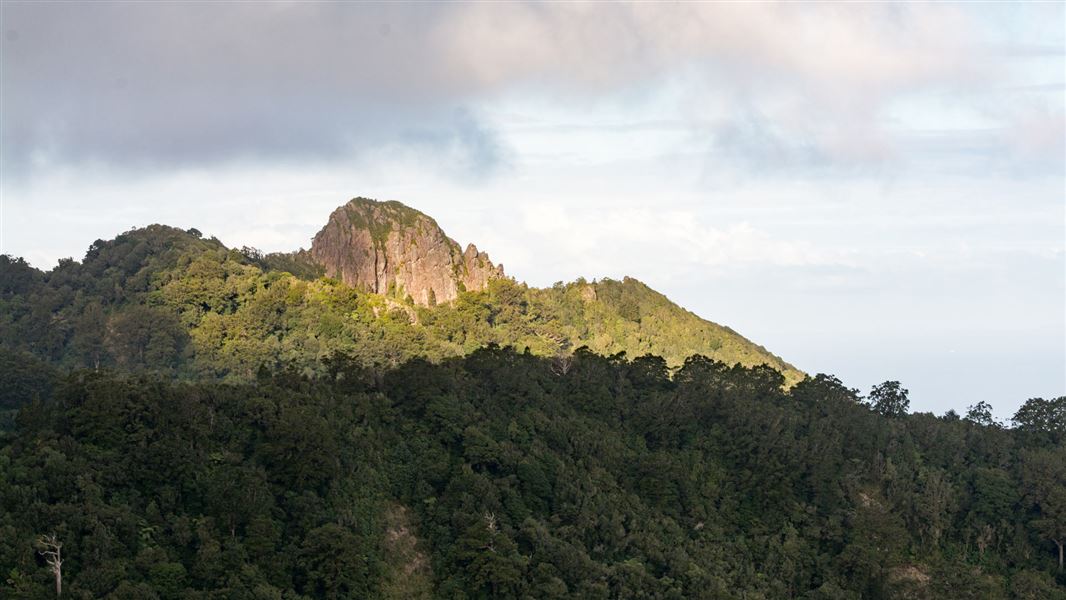Original habitat
Before humans settled here, kākāpō were widespread on mainland New Zealand. Sub-fossil remains and Māori middens (kitchen waste-piles) suggest they lived in a wide range of habitats and were once one of the most common bird species in New Zealand.
Where kākāpō live now
The best kākāpō habitat is protected forest sanctuaries that offer natural vegetation, shelter and safety from introduced mammals such as stoats, cats, rats and mice.
Today, kākāpō only live on protected offshore islands and in a fenced mainland sanctuary.
Codfish Island/Whenua Hou – 1,396 ha
Whenua Hou is a nature reserve 3km west of Stewart Island/Rakiura. The first kākāpō were transferred there in 1987, and rats were eradicated in 1998.
Whenua Hou is the centre for Kākāpō Recovery in New Zealand. It provides kākāpō with habitat similar to the original home of many founding birds in the population, Rakiura.
Anchor Island – 1,140 ha
Anchor Island is in Tamatea/Dusky Sound, southwest Fiordland. The first kākāpō were transferred there in 2005, after a stoat eradication in 2001.
Like Whenua Hou, Anchor Island has rimu forest which masts (mass-fruiting) every three to five years to stimulate a kākāpō breeding season.
Sanctuary Mountain Maungatautari – 3,400 ha
Sanctuary Mountain Maungatautari is a protected forest sanctuary in Waikato, North Island, NZ. It has an ecosystem close to the pre-human New Zealand environment and one of the world’s longest pest-proof fences (47km). It acts as a haven for many of New Zealand’s most endangered species. Kākāpō were first translocated there in July 2023.
This small population of male kākāpō is being closely monitored to learn if a greater kākāpō population could one day thrive at this site.
Future locations
As the kākāpō population grows, finding suitable new habitat is our most pressing challenge. Long-term solutions are large-scale predator-free habitats such as Rakiura/Stewart Island. This relies almost entirely on the success of Predator Free Rakiura and Predator Free 2050. This work all goes towards an Aotearoa where our native species are safe from extinction and thrive alongside us.
Our ultimate goal is to return kākāpō to their natural range throughout mainland Aotearoa in unmanaged populations.
